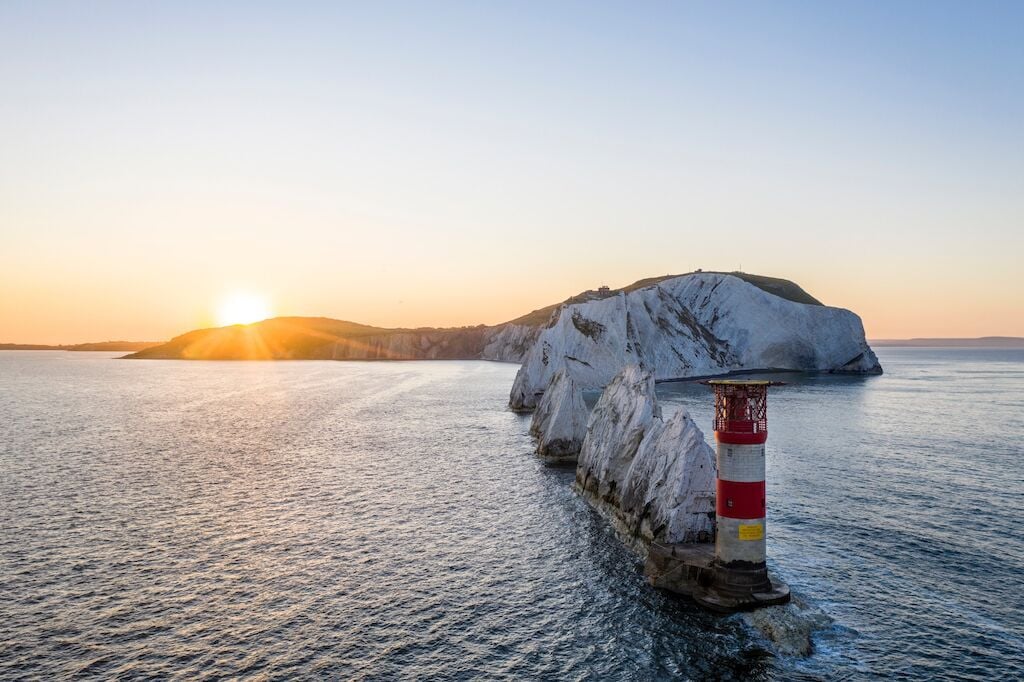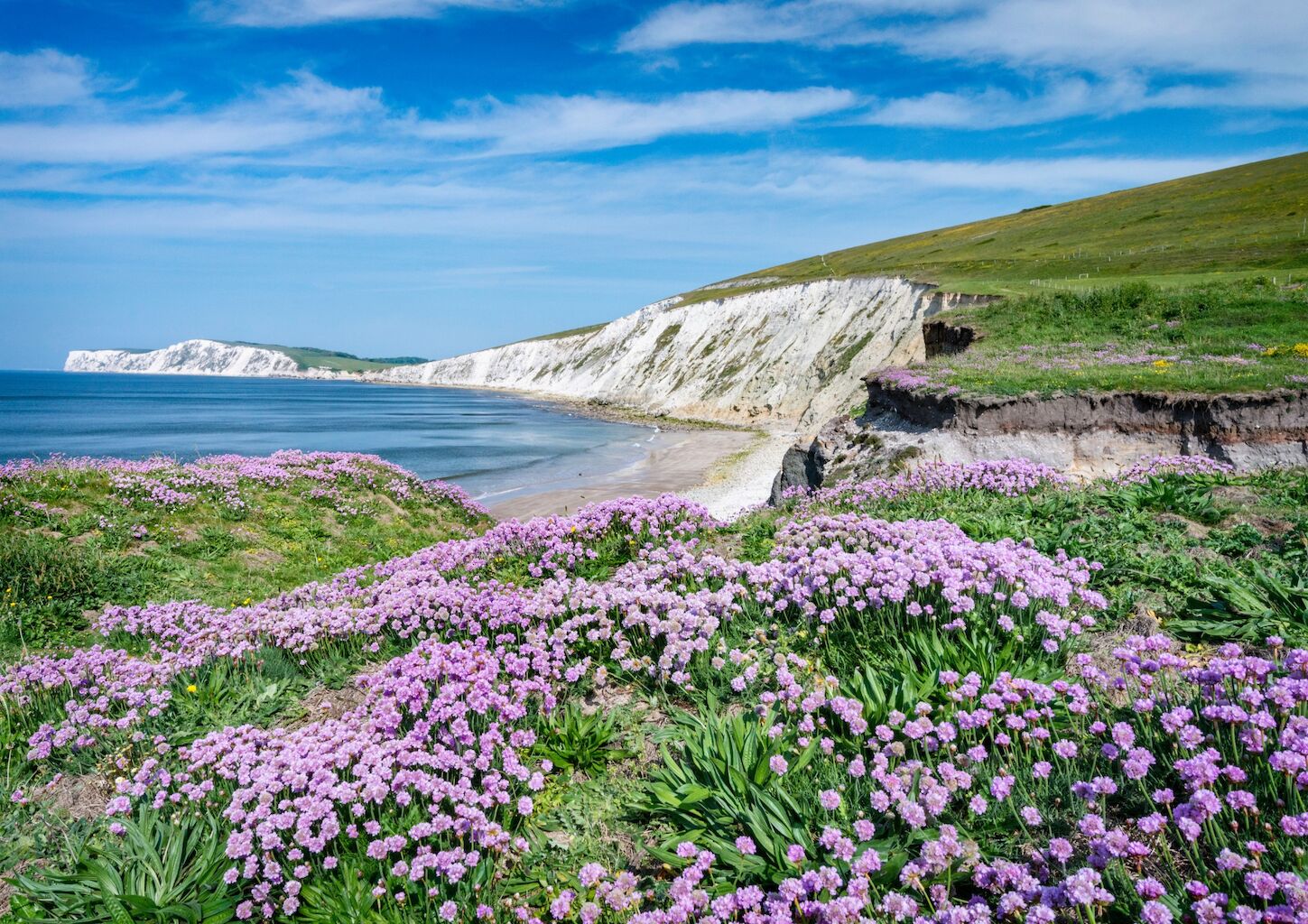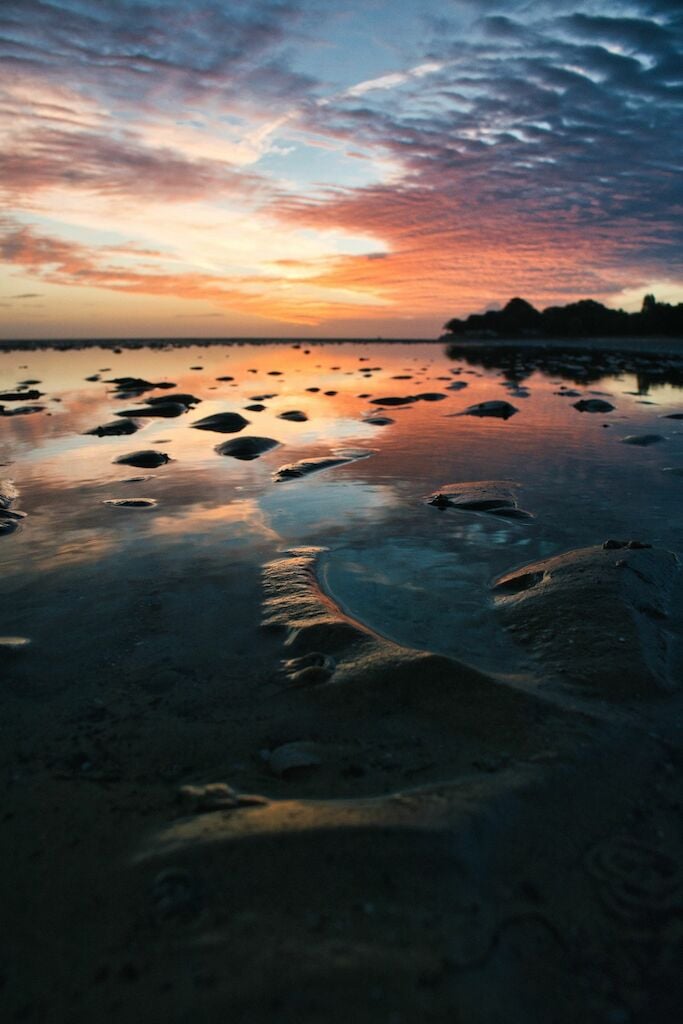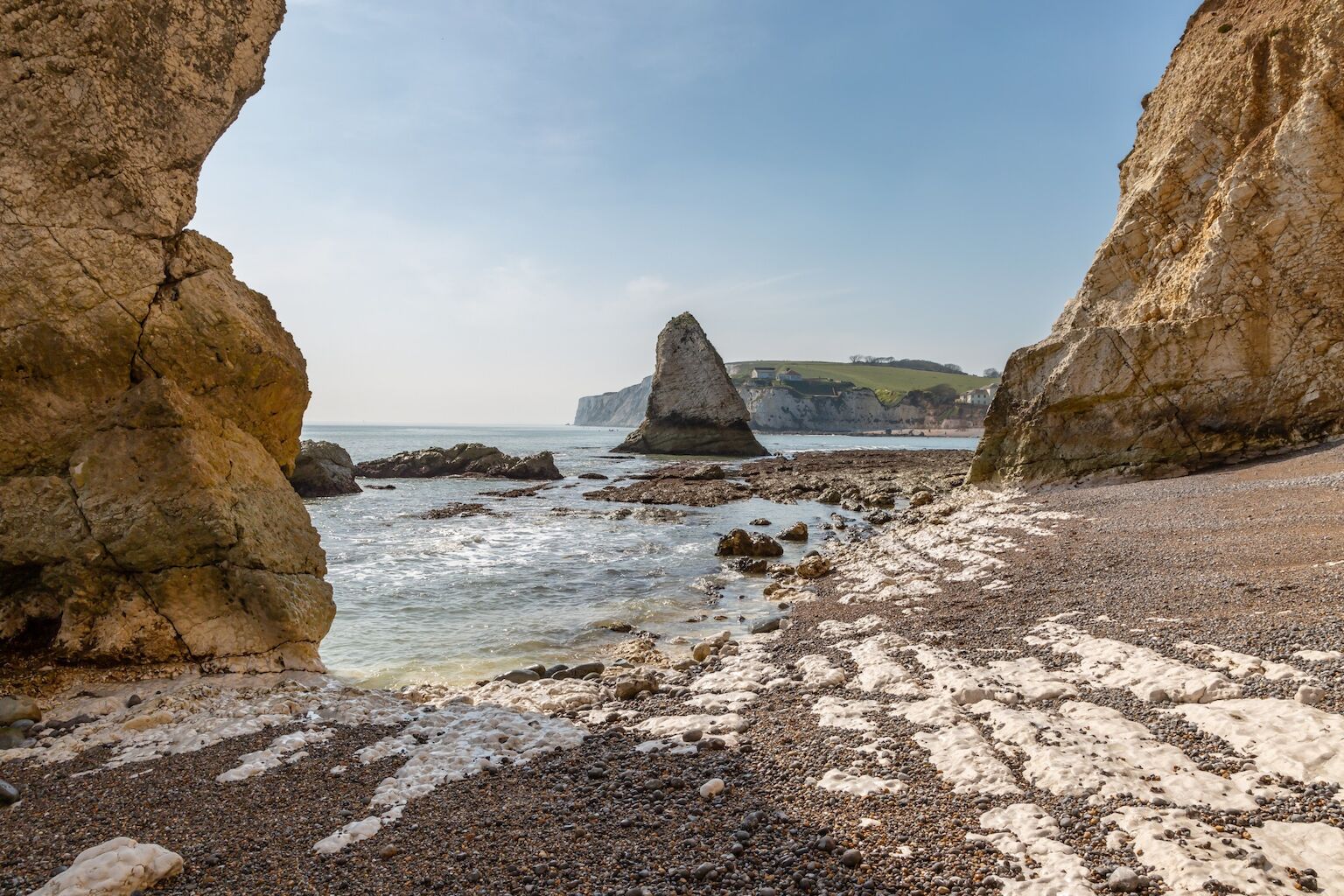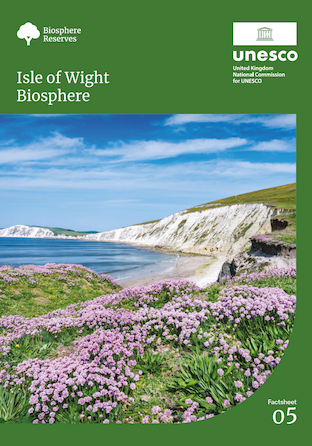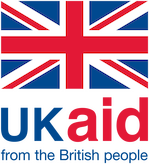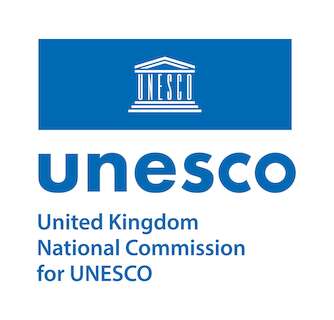Isle of Wight Biosphere
The Isle of Wight Biosphere covers the whole of the island's surface (380km2) along with all inshore waters and the surrounding English Channel, with all the diverse habitats. Three quarters of the land is specially designated; with rewilding zones, wetland nature reserves, a white-tailed sea eagle reintroduction programme and seagrass restoration projects. The island is home to rare species such as red squirrels and glanville fritillary butterflies and an internationally important site for dinosaur finds.
What makes this UNESCO Designation special?
Between the north of the Isle of Wight and the England mainland, the Solent is one of the busiest waterways in the world and also one of the most important coastal wildlife sites in the UK, supporting hundreds of thousands of wading birds and wintering wildfowl across its estuaries and sheltered shores.
On land, each parish on the Island has its own special character. Some are remarkably ancient, stretching right back to Anglo-Saxon settlement and still have visible features from those times. Today, the island's landscapes and wildlife are a unique, incredibly diverse, patchwork of different habitats creating considerable biodiversity with several species found only here within England. Local communities and organisations work together to preserve and enhance this biodiversity.
The coastline around the south of the Island opens directly onto the English Channel and is a much more exposed environment than the sheltered Solent. Natural processes of coastal erosion have created a wild and dramatic scenery of cliffs and terraces, steep Chine valleys and active landslips.
The Island’s oldest rocks date back 120 million years to the Cretaceous period and reveal extraordinary fossil remains of dinosaurs making the Island one of the most important locations for dinosaur discovery in Europe.
Traditionally reliant on agriculture and tourism, increasingly local businesses are embracing sustainable practices in farming, fashion, food and drink, the visitor economy and more.

